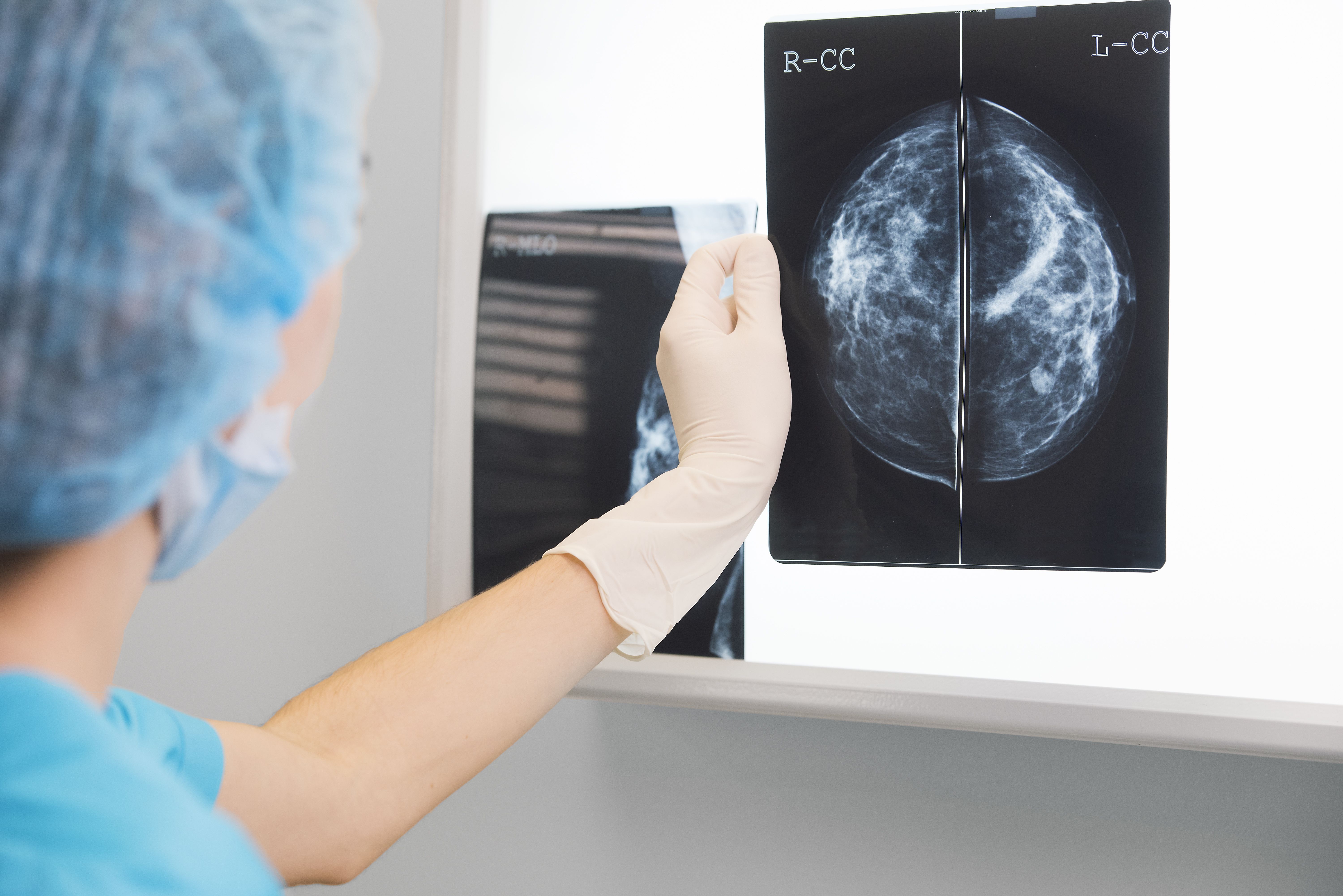
Digital breast tomosynthesis (DBT) plus synthetic mammography detected more tumors and found a lower number of stage II cancers at repeat screening compared with full-field digital mammography (FFDM), according to results from the Verona Pilot Study published in Radiology.1
The strategy of pairing DBT, or 3D mammography, with the 2D technique of synthetic mammography is viable for screening programs due to its ability to reduce radiation exposure.
“An organization needs 2 things to improve the results of a screening program,” lead author Francesca Caumo, MD, from the Breast Radiology Department of the Veneto Institute of Oncology in Padua, Italy, said in a press release.2 “It needs a better first level test and a way to overcome the effect of breast density to define the risk of a patient. The Verona Pilot Study wants to answer to the first point, showing the validity of DBT as a screening test, instead of traditional mammography."
In this prospective study, investigators evaluated women who were screened with DBT plus synthetic mammography between April 2015 and March 2017 and rescreened with either DBT plus synthetic mammography or FFDM between April 2017 and March 2019. Rates of recall and cancer detection as well as the positive predictive value of recall were compared with data collected from a control group of 28,680 women screened with FFDM between 2013 and 2014.
Among 34,638 women who were enrolled in the study, 32,870 underwent repeated screening, including 16,198 with DBT plus synthetic mammography and 16,672 with FFDM. Overall, the cancer detection rate was found to be higher for repeat screening with DBT plus synthetic mammography (8.1 per 1000 women screened) compared with the control group with FFDM (4.5 per 1000 women screened; P < .01). The difference between those who received repeat screening with FFDM (3.5 per 1000 women screened) and the control was not significant (P = .11).
Moreover, compared with the control group, no difference in the recall rate at repeat screening was observed with either DBT plus synthetic mammography (3.71% vs 3.40%, respectively; P = .10) or FFDM (3.71% vs 3.69%; P = .92), while positive predictive value of recall was only higher with repeat screening by DBT plus synthetic mammography (23.8% vs 12.0%; P < .01). Both rescreening with DBT plus synthetic mammography (14.5%; 19 of 131 cancers) and FFDM (8.5%; 5 or 59) detected fewer stage II or higher cancers compared with the proportion detected in the control group (27.3%; 30 or 110 cancers; P ≤.01).
“The lower number of stage II or above cancers with the DBT plus synthetic mammography screening test demonstrates that DBT has the capability of anticipating the detection of cancers that might become advanced in the following two years,” Caumo explained. “This gives a higher benefit to our patients.”
Moving forward, the Verona Pilot Study investigators plan to complete an analysis on cancers that appear in the period between screenings, or interval cancers.
Caumo indicated that she is also exploring the impact of incorporating volumetric breast density measurements into a patient’s risk profile through her Risk Based Breast Screening (RiBBS) project. Within this study, approximately 10,000 women will undergo the DBT plus synthetic mammography screening test and those whose breast density is above a certain threshold value will then be asked to receive additional breast imaging with ultrasound.
“The main goal of this research is to demonstrate that a personalized model of screening is more efficient than a normal one that I like to call a ‘one size fits all’ program, in which every woman must do an annual mammography screening test without any risk stratification,” said Caumo. “The risk category will determine the intervals of the subsequent screening event: biennial for low-risk women and annual for intermediate and high-risk women.”
References:
1. Caumo F, Montemezzi S, Romanucci G, et al. Repeat screening outcomes with digital breast tomosynthesis plus synthetic mammography for breast cancer detection: results from the prospective Verona pilot study. Radiology. doi: 10.1148/radiol.2020201246
2. Tomosynthesis with synthetic mammography improves breast cancer detection. News release. Radiological Society of North America. Published November 10, 2020. Accessed December 3, 2020. https://ift.tt/3pe65K0
"breast" - Google News
December 20, 2020 at 02:04AM
https://ift.tt/2Klp063
DBT Plus Synthetic Mammography Improves Breast Cancer Detection Over Mammography Alone - Cancer Network
"breast" - Google News
https://ift.tt/2ImtPYC
https://ift.tt/2Wle22m
Bagikan Berita Ini














0 Response to "DBT Plus Synthetic Mammography Improves Breast Cancer Detection Over Mammography Alone - Cancer Network"
Post a Comment